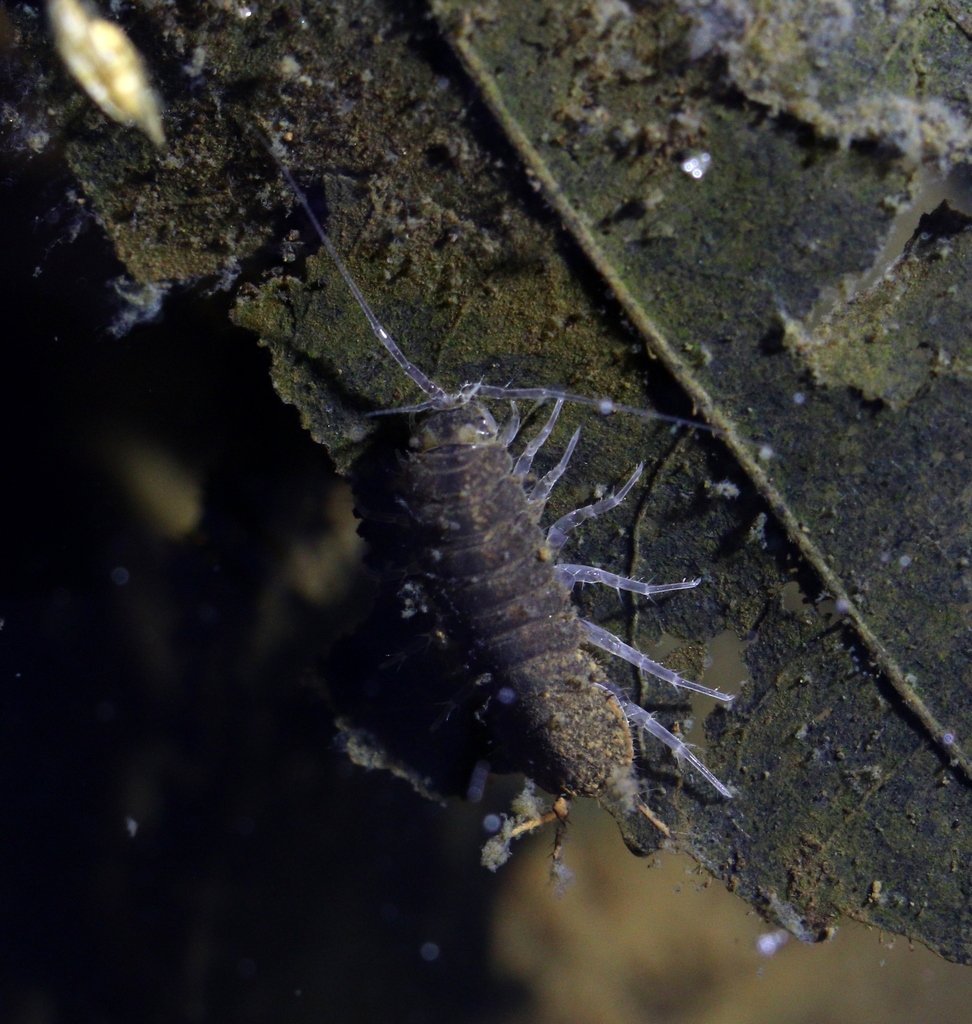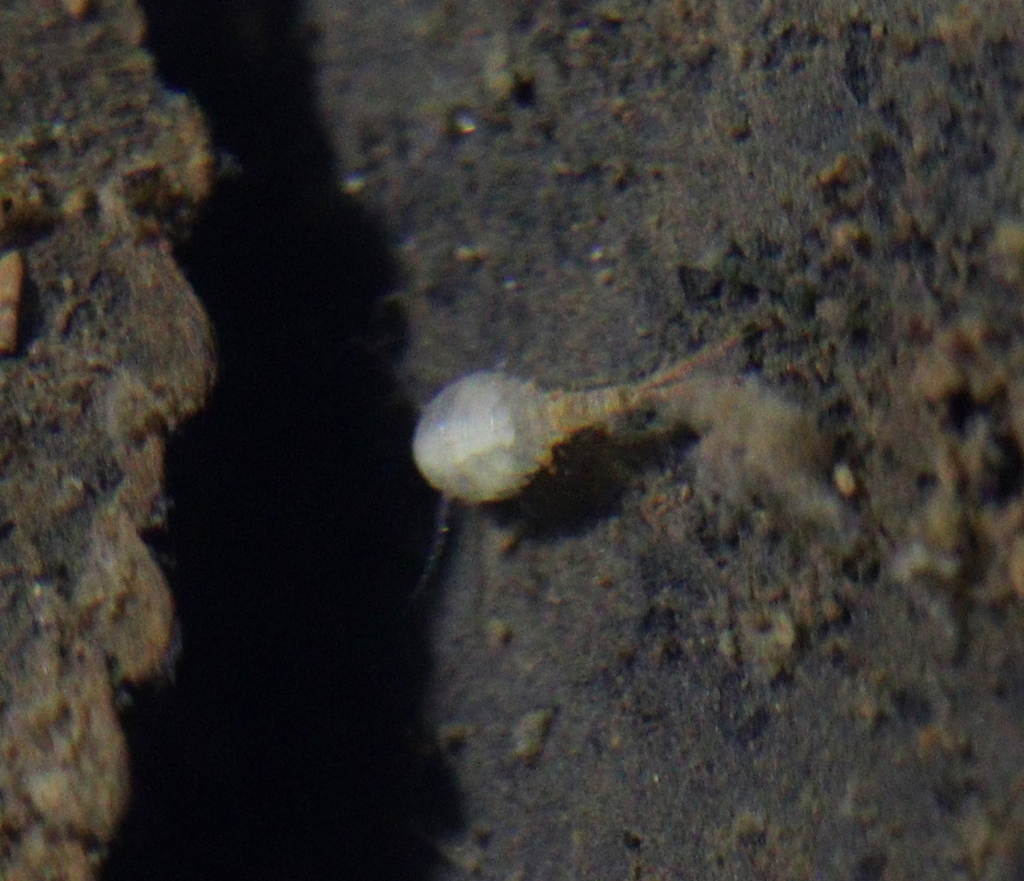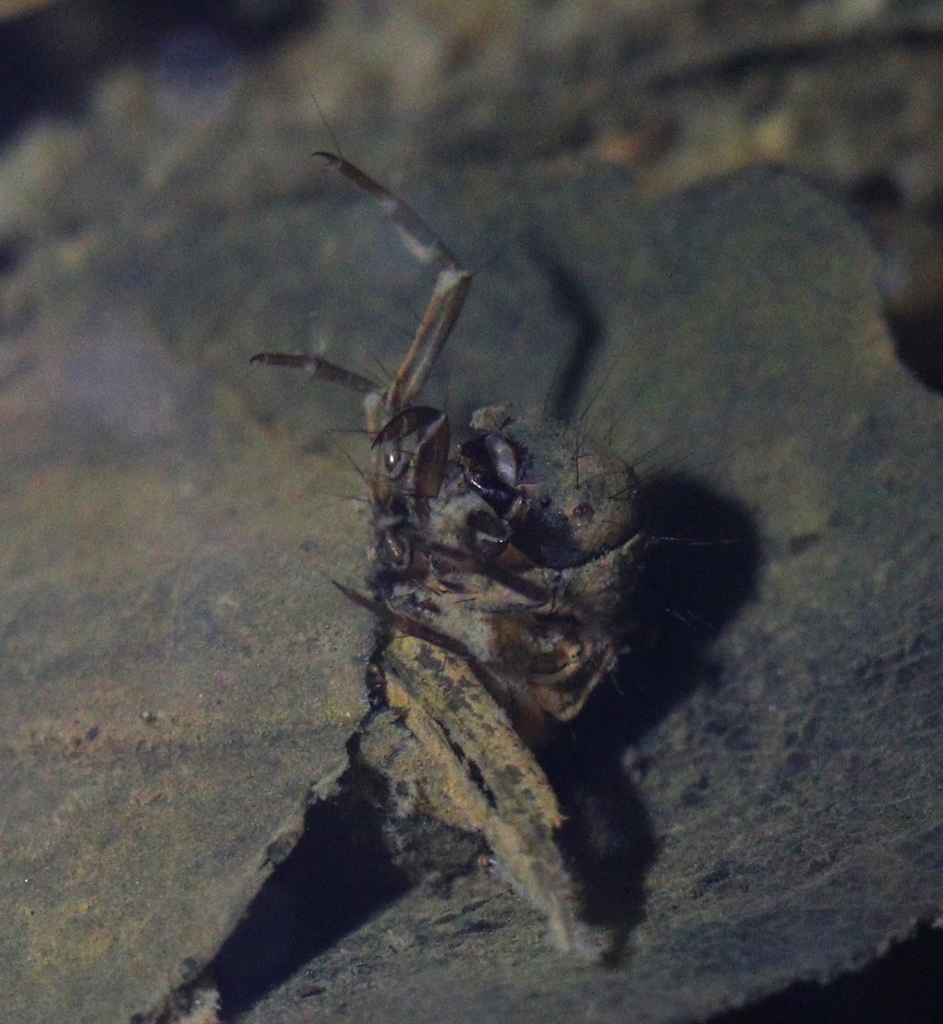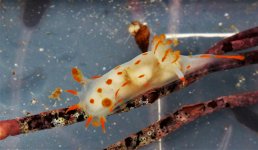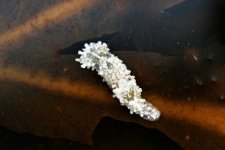opisska
rabid twitcher

Today, I have received my extension tubes for Canon DSLR and begun playing with them. After mounting all three (giving 65 mm of overall space) with a Canon 85/1.8 lens, I was completely flabbergasted as to what was happening with my focusing - and then after some experimenting, I got to the bottom of it: with this amount of extension, the focus acts backwards. The focusing range is incredibly small, on the order of a centimeter between "infinity" and closest focus position - and it's inverted! Focusing on "infinity" focuses a little closer to the camera than focusing on "0.8 m". This effect exists for three of the longest setups and switches back to normal (if still very shallow) focus range when using just the 31 mm ring - from there downwards, everything is normal and infinity is further from the camera than 0.8 m. Funnily, the autofocus seems as confused as myself and will not work in the inverted range. Moreover, the same thing happens also for the 50/1.8, but there only at the two longest setups, it switches to normal earlier.
Now I am not completely dumb when it comes to optics, but I just don't see any explanation for this behavior at all. The tubes are just empty space, they only change the distance and I don't see anything in "1/f=1/a+1/a'" that would have a local maximum ... Has anyone seen anything like this?
Btw., I would somewhat understand this in internal-focus lenses such as the 85/1.8, fine, weird things may happen there and it changes focal length with focusing. But the 50/1.8 focuses by moving the entire assembly up and down in the bloody barrel!!!
Now I am not completely dumb when it comes to optics, but I just don't see any explanation for this behavior at all. The tubes are just empty space, they only change the distance and I don't see anything in "1/f=1/a+1/a'" that would have a local maximum ... Has anyone seen anything like this?
Btw., I would somewhat understand this in internal-focus lenses such as the 85/1.8, fine, weird things may happen there and it changes focal length with focusing. But the 50/1.8 focuses by moving the entire assembly up and down in the bloody barrel!!!




